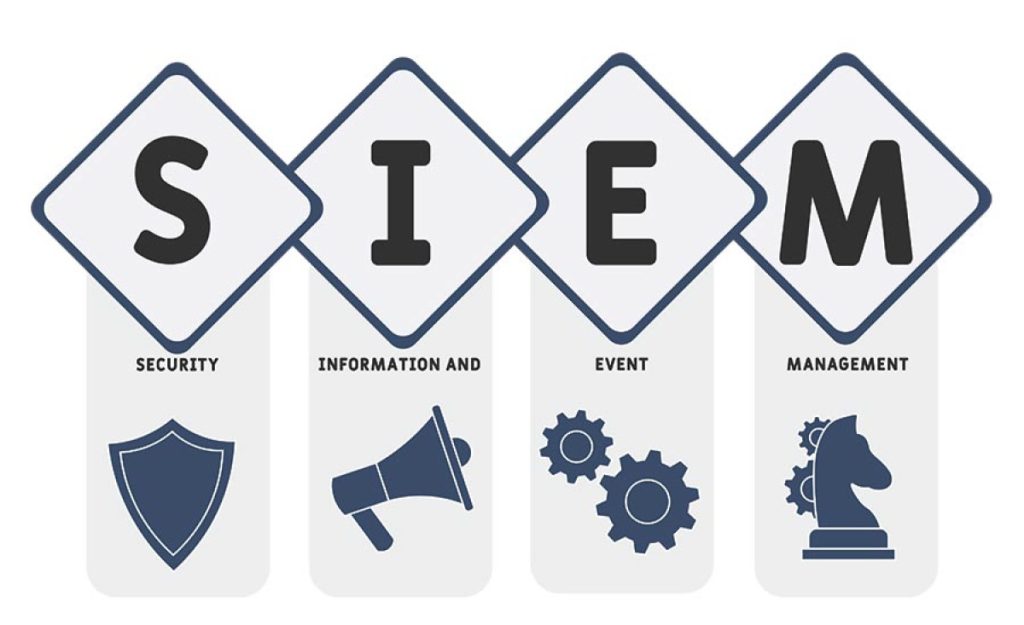
- SIEM systems employ rules-based or statistical correlation engines to connect event log entries. Advanced systems include user and entity behavior analytics, security orchestration, automation, and response.
- SIEM tools gather event and log data from host systems and categorize them into security-related events.
- Despite its benefits, SIEM has limitations that underscore the need for further improvement and innovation in software security. These include lengthy implementation times, high costs, and a dependency on expert analysis.
Security information and event management (SIEM) combines security information management (SIM) and security event management (SEM) into a single system. It aggregates data from multiple sources, identifies deviations, and takes action by logging information, generating alerts, and instructing security controls. Initially driven by compliance needs, SIEM has become valuable for organizations of all sizes to monitor security data from a single viewpoint.
SIEM systems employ rules-based or statistical correlation engines to connect event log entries. Advanced systems include user and entity behavior analytics, security orchestration, automation, and response (SOAR). These systems deploy collection agents to gather security events from various devices and forward them to a centralized management console for analysis. Pre-processing at edge collectors can reduce the data volume sent to the central node. Machine learning helps flag anomalies, but analysts must continuously update the system.
SIEM tools gather event and log data from host systems and categorize them into security-related events. Alerts are generated based on predefined rules, prioritizing potential security issues. This centralized data collection and analysis help organizations detect incidents, understand attack timelines, and meet compliance requirements through automated reporting. SIEM enhances incident management by identifying compromised sources and preventing ongoing attacks.
Despite its benefits, SIEM has limitations that underscore the need for further improvement and innovation in software security. These include lengthy implementation times, high costs, and a dependency on expert analysis. Misconfigured SIEM tools might miss critical security events. Important SIEM features include data aggregation, correlation, dashboards, alerting, and automation. Future trends in SIEM involve improved orchestration, better integration with managed detection and response tools, enhanced cloud management, and convergence with SOAR capabilities, all of which are crucial for enhancing software security.


Leave a Reply
You must be logged in to post a comment.